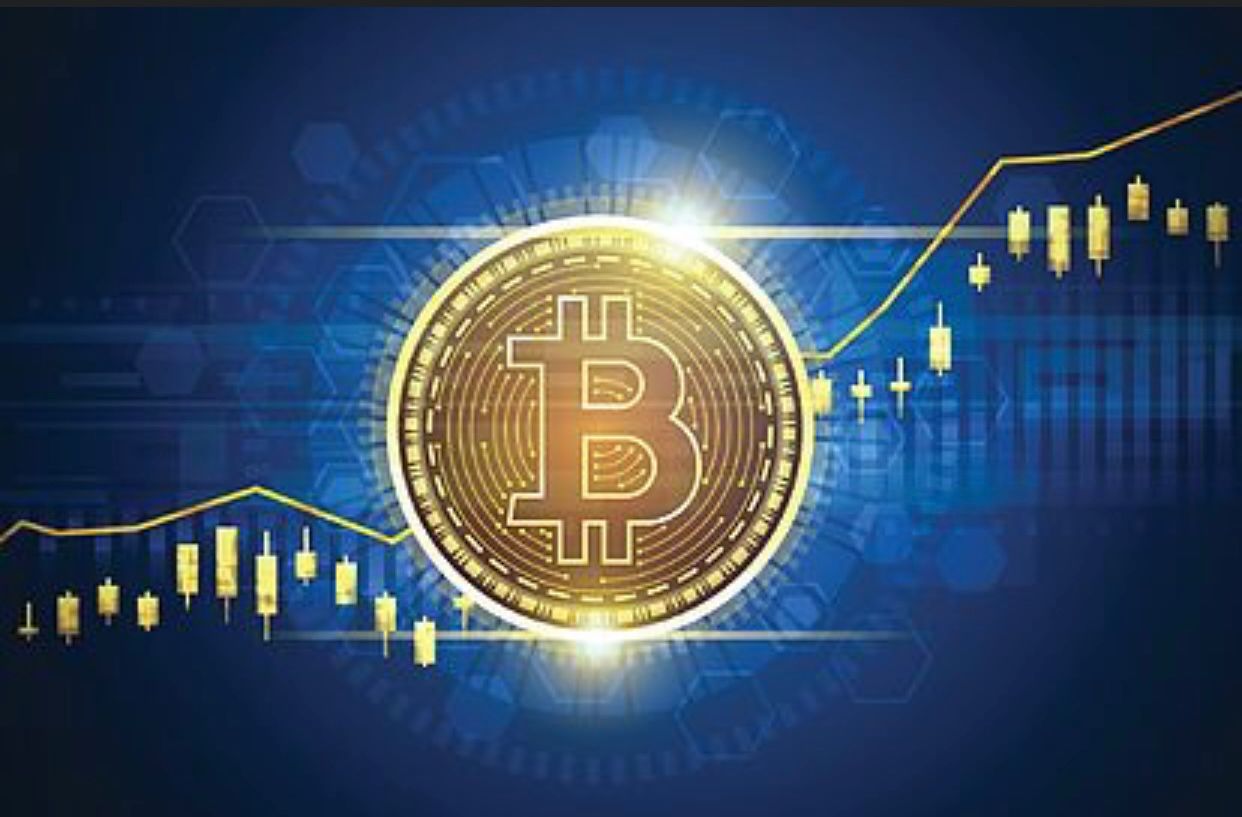On July 9, 2016, Bitcoin celebrated its second halving, an event usually awaited with great anticipation by the Bitcoin community. This process, which occurs approximately every four years, halves the reward given to miners for validating transactions on the network. At that time, the block reward was reduced from 25 to 12.5 bitcoins.
Bitcoin halvings occur every 210,000 blocks and approximately every four years, with the ultimate goal of reducing the emission rate. So far, there have been three halvings in 2012, 2016, and 2020.
In practice, the impact on the market after the second halving was remarkable. Although some expected an instant reaction, the effect did not materialize immediately.
To talk about the numbers at hand, until June of that year, bitcoin was trading below USD 600 per unit. On the 15th of that month, it reached USD 765, only to fall back to USD 650 at the time of the halving.
After falling to $517 on August 1st, bitcoin bounced back and started a meteoric rise that peaked on January 3rd, 2017, reaching $1,130. One year after the halving, bitcoin was already worth $2,550 and would reach $20,000 in December of that year. This means that after the halving, the price of bitcoin increased by 2,916% and reached a new ATH (all-time high) within a span of 17 months.
In each cycle, Bitcoin has reached new all-time price highs. After the first halving, the cryptocurrency reached $1,000 for the first time; then, the second halving was followed by a peak price of $20,000; and now, after the third halving in history, Bitcoin reached a high of $69,000.

